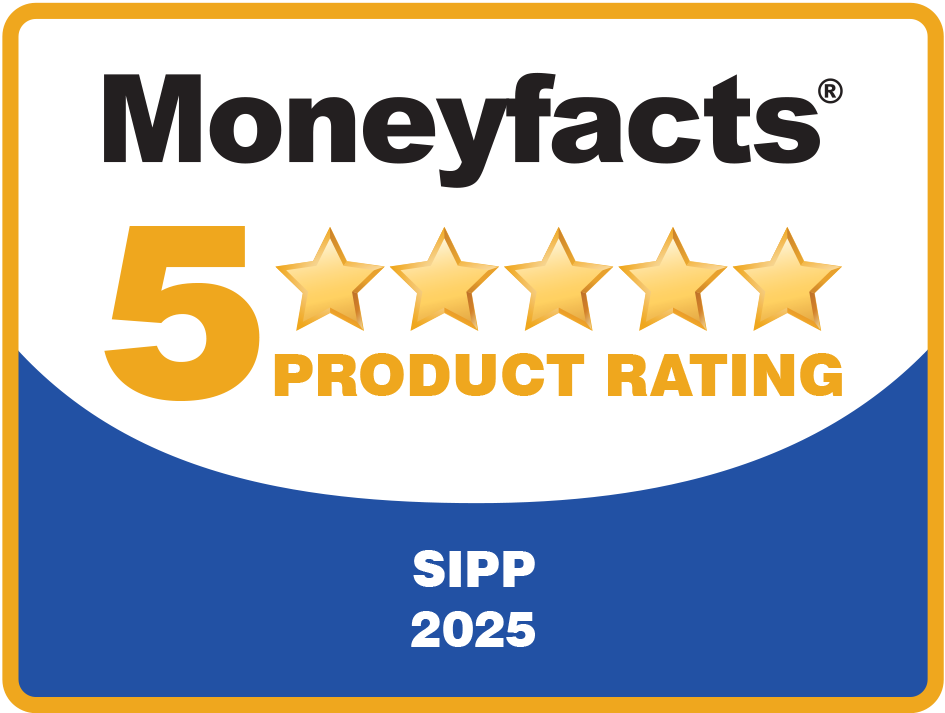Capital adequacy requirements: How they work, and what they mean for you
Capital adequacy is a phrase that most people in financial services will be familiar with. The Financial Conduct Authority (FCA) states that the capital adequacy rules have two key outcomes:
1. (a)
To enable a firm to remain financially viable throughout the economic cycle, with the ability to address any potential material harms that may result from its ongoing activities (including both regulated activities and unregulated activities); and
2. (b)
To enable the firm to conduct an orderly wind-down while minimising harm to consumers or to other market participants, and without threatening the integrity of the wider UK financial system.
In 2016, the FCA introduced a new capital adequacy regime for SIPP operators. This was brought in against a backdrop of “failed” and “toxic” investments being held by some SIPP operators, with the framework designed to ensure SIPP operators took more responsibility for the investments they allow within their Schemes. Additionally, this was to ensure that sufficient capital was reserved in the business in the event of the provider failing.
The new rules and the calculations contained within them were a significant increase in the minimum amount SIPP providers had previously been expected to retain. It was widely expected that this would drive significant merger and acquisition activity within the SIPP market.
While some transactions of this nature have taken place since the new rules were announced, it’s fair to say that capital adequacy may be a contributing factor, as opposed to a driving force.
What are the capital adequacy rules for SIPP operators?
The calculation that SIPP operators must follow comprises two elements:
- The value of assets under administration.
- The number of clients that hold a “non-standard asset”.
While the value of assets can be straightforward to ascertain, the FCA’s definition of a non-standard asset is worth considering further.
Standard assets v non-standard assets
Any investment made in a SIPP now needs to be deemed “standard” or “non-standard” by the SIPP provider. Helpfully, the FCA has specified what can be deemed as a standard asset within a SIPP:
- Cash
- Cash funds
- Deposits
- Exchange-traded commodities
- Government and local authority bonds and other fixed-interest stocks
- Investment notes (structured products)
- Shares in investment trusts
- Managed pension funds
- National Savings & Investments (NS&I) products
- Permanent interest bearing shares (PIBs)
- Physical gold bullion
- Real estate investment trusts (REITs)
- Securities admitted to trading on a regulated venue
- UK commercial property
- Units in regulated collective investment schemes
Source: FCA Handbook
Any asset that is not included in the above list is deemed “non-standard”. This includes more esoteric investments such as unquoted shares and overseas property.
Investments that are not regulated by the FCA are also deemed to be non-standard. This can be an overseas-based hedge fund, for example.
A non-standard asset is also one that cannot be realised within 30 days. This applies even when the asset class in question appears on the standard asset list above. An example of where this has caught SIPP providers out in the past is where certain property funds have been closed to redemptions, effectively making the funds illiquid.
This also leads us to a bizarre situation where certain cash investments, such as NS&I bonds and banks that are unable to break term deposits under any circumstances, are deemed non-standard, alongside assets such as unregulated, overseas investments!
How this impacts SIPP operators
On the face of it, the capital adequacy calculation is straightforward on the assumption that SIPP providers can value the assets held in their Scheme and identify each client’s SIPP that holds a non-standard asset.
As often is the case, however, the reality is much different.
The formula to calculate capital adequacy is based on the total value of a Scheme’s assets at any given time, with a further capital consideration for each individual SIPP that holds a non-standard asset. Note that it does not matter whether a particular SIPP holds a single non-standard asset or several.
If we go back to 2016, the introduction of non-standard assets and the increase in the minimum capital required to be held left those providers with a high number of clients with these assets, with a potential issue if they did not have sufficient retained capital in their business.
As a result, many SIPP operators are now reluctant to accept non-standard assets within their Schemes. Where a SIPP operator will consider non-standard assets, the FCA is clear that the operator must always have a deep understanding and knowledge of the investment.
The value of a Scheme’s assets can vary (especially at the time of writing in mid-April 2025). This means that the minimum capital adequacy is changing all the time. It is not enough for an operator to hold the bare minimum within their business on any given day, as even the slightest increase in stock markets is likely to impact their capital requirement, considering the assets that SIPP operators look after are valued in the billions of pounds.
Finally, what happens when a standard investment suddenly becomes non-standard? We saw this over the last few years with the M&G Property Portfolio and the Woodford funds.
For SIPP operators, this means their capital adequacy requirement can go up, significantly and quickly.
What does all this mean?
To summarise what the capital adequacy rules mean for SIPP operators:
- There must be processes and controls in place to obtain the information required to calculate the minimum capital adequacy requirement. This needs to be reported to the FCA on a quarterly basis.
- SIPP operators need deep pockets; the more assets within the Scheme, the more money needs to be set aside for capital adequacy.
- The increase in capital adequacy where a SIPP holds a non-standard asset is significant. Each SIPP that holds a non-standard asset requires the SIPP provider to set aside a sum of money. This is why you will see that those SIPP operators that allow non-standard assets make an additional charge.
- It is not sufficient to hold the bare minimum. Things can change quickly, and a provider will not want to find themselves in a position where they do not hold the minimum required amount.
For advisers, looking at a provider’s financial position will no doubt already form part of your due diligence. You may even already go one step further and look at what a provider’s capital adequacy requirements are.
Key things to consider include questions such as:
- How much does a provider have over their minimum requirement in reserve?
- What is their approach to non-standard assets?
How is IPM positioned?
- IPM’s minimum capital adequacy requirement hovers around £2 million.
- Of this amount, approximately half is accounted for by the number of our SIPPs that hold a non-standard asset.
- Although this may sound a lot, the reality is that less than 10% of our clients hold a non-standard asset, and the majority of those are cash deposits!
- IPM will consider investments in non-standard assets on a case-by-case basis. Realistically, outside of cash deposits, the number of new non-standard assets we accept is minimal.
- IPM currently retains anywhere between 200% and 220% of our capital adequacy requirement within the business.
- We are in a strong position because of our ownership structure. With no other outside interests, our sole focus is running our SIPP business. Profits have been prudently retained within the business to ensure that we not only comfortably meet our minimum requirements, but we also continue to build a healthy buffer so that we can navigate any significant market fluctuations, or change in asset classification.
Further information on our company structure, financial strength, and approach to capital adequacy can be found in our due diligence pack and AKG report. Follow this link to request copies of these here.
Get in touch
If you have any SIPP-related queries, or if you have any clients for whom SIPP or SSAS advice would be beneficial, please get in touch.
Email info@ipm-pensions.co.uk or call 01438 747151.



